

Volume 89
Published on November 2024Volume title: Proceedings of the 2nd International Conference on Functional Materials and Civil Engineering
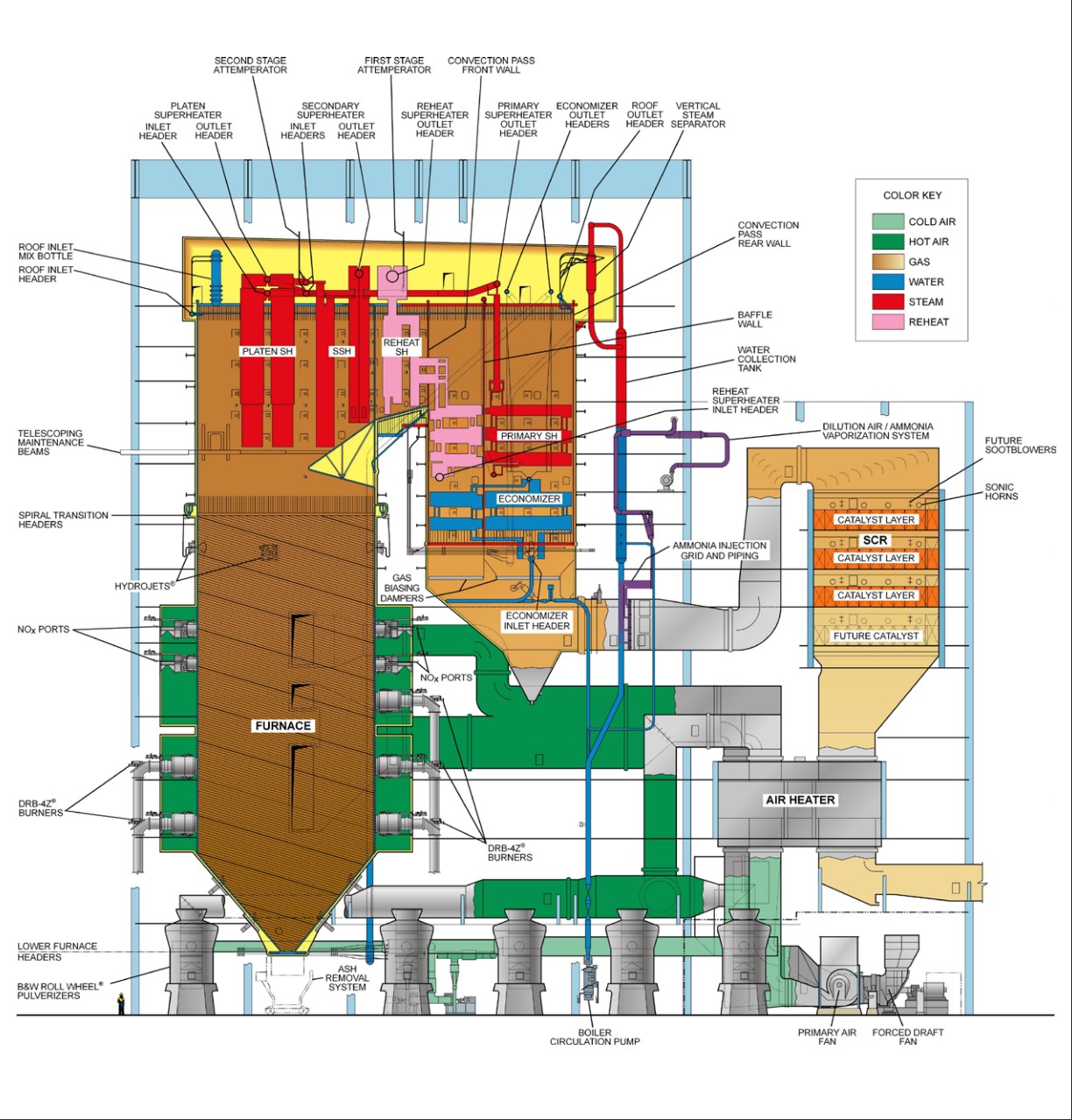
As a matter of fact, in recent years, the environmental issues are becoming more and more critical due to the huge pollution especially the emission and energy consumption caused by aircraft engines contributes to the problem. Thus, as two major types of engines, the jet engines and marine engines should be improved as they are the most commonly used aircraft engines. In this article, the diversity of some types of jet engines are introduced, and few modifications in the aspect of structure, power system and fuel are briefly talked about. The passage concluded some problems to overcome and actions that may be conducted in the future. At the same time, in another area that is close to jet engines, the engine design of modern large civilian ships (i.e., marine engines) mainly focusing on efficiency, environmental protection, and reliability. However, civilian ships pay special attention to reducing fuel consumption and environmental pollution, which has prompted the application of various advanced technologies.

 View pdf
View pdf


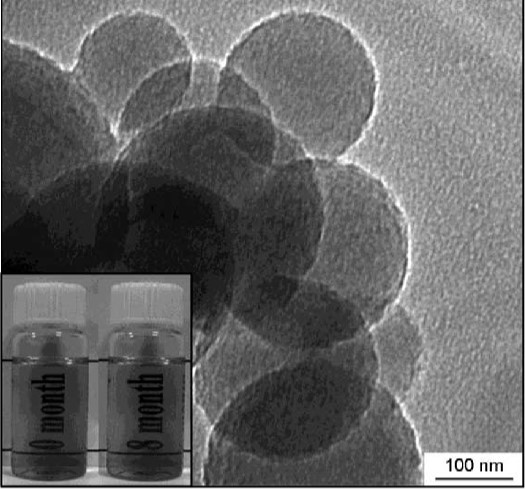
As a matter of fact, thermal engines have been widely implemented in various fields especially in recent years. In reality, the operation of the thermal engine produces numerous uncontrollable factors, which have a negative impact on the thermal engine machinery itself and negatively feedback the output effect of the thermal engine. Among various factors, the composites of coatings have a huge impact on the performances for the thermal engines. With this in mind, by analyzing various types of coatings in recent years and understanding the application of some coatings in other fields, this study will compare 3 typical types coting material, i.e., metal-based, polymer-based as well as ceramic-based composites. According to the analysis, Lenovo conceives whether it has suitable performance and function on the thermal machine. Introduce the feasibility of composite materials, and comprehensively analyze the specificity of various coatings. On the basis of effective implementation technology, the composite is envisaged.

 View pdf
View pdf


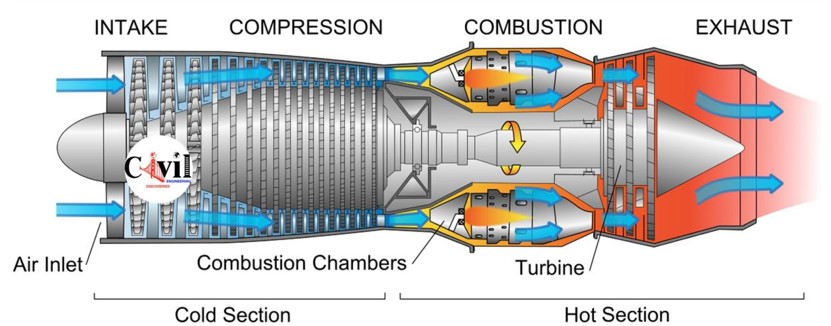
As a matter of fact, gas turbines have become a cornerstone of modern energy systems, playing a pivotal role in power generation, the oil and gas industry, and the integration of renewable energy sources. This study provides an in-depth analysis of the principles underlying gas turbine operation, alongside a summary of state-of-the-art facilities that represent the pinnacle of current technological advancements. These turbines, known for their high efficiency and flexibility, are crucial for meeting the growing global demand for reliable and cleaner energy. However, significant challenges remain, particularly in terms of material limitations, emissions reduction, and the need for greater operational flexibility to accommodate renewable energy sources. The future of gas turbines may involve a shift towards alternative fuels like hydrogen, which could drastically reduce their environmental impact. These results highlight the ongoing evolution of gas turbines and underscore the importance of continuous innovation to address these challenges, ensuring that gas turbines can meet the energy needs of the future while minimizing their ecological footprint. The findings of this research are essential for advancing the understanding of gas turbine technology and guiding future developments in this field.

 View pdf
View pdf


Recently, two-dimensional (2D) materials have garnered significant attention in nanomaterials research because of their unique physical and chemical properties. This paper examines the research background, core properties, main application areas, and future prospects of 2D materials. Through a systematic literature review and case studies, this paper summarizes the main advances and challenges in current 2D material research. The research methodology includes a literature review and case study analysis, aiming to uncover the potential of 2D materials in nanoelectronics, optoelectronic devices, energy storage, and biomedicine. The research questions address the fundamental properties of 2D materials, their practical applications, and strategies to overcome existing challenges. The results indicate that while 2D materials like graphene and transition metal dichalcogenides (TMDs) exhibit excellent electronic, optical, and mechanical properties, they still encounter significant challenges in material preparation, performance tuning, and environmental safety. This paper proposes potential solutions and predicts the future applications of 2D materials in emerging technologies. The conclusion asserts that with the continuous discovery of novel 2D materials and technological advancements, 2D materials will play a crucial role in science and industry.

 View pdf
View pdf



Technologies for materials and construction using 3D printing have been rapidly developed in recent years due to its characteristics and properties. It is potentially the answer to future construction and the industrial design industry. 3D printing is a recent technology that consists of additive manufacturing, and using it can help increase efficiency, decrease human injury, decrease industrial waste, and decrease the time of construction. This paper discusses the advantages and disadvantages of the construction and material of 3D printing technology. This paper then concludes with some applications of the technology to show some of its uses. The paper also analyzes some directions for future progress. 3D-printing technology still has a long path to go through, and its development needs further discussion and arguments. The advantage of 3D printing technology is its high applicability and cost efficiency. However, this technology is new, and it lacks sufficient research. In the future, more improvement on the yield rate of this technology needs to be done.

 View pdf
View pdf


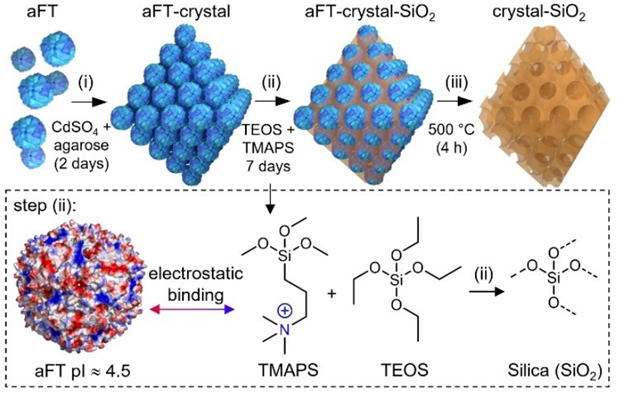
Over the past decades, the academic community has devoted considerable attention to mesoporous and microporous materials, primarily due to their distinctive nanoscale pore structures. Despite the extensive research conducted on these materials, there is still a pressing need to develop methods for optimizing their synthesis and improving their performance. Therefore, this paper introduces the basic concepts of mesoporous and microporous materials and their importance, and describes in detail their typical synthesis methods that include the solution-gel method for the synthesis of mesoporous materials and the ionothermal synthesis method for the synthesis of microporous materials. The paper then goes on to examine some of the more common characterization methods that are used in the field, such as X-ray diffraction (XRD), nitrogen adsorption, and transmission electron microscopy (TEM), and also lists some of the ways in which these characterization methods have been used in the context of electrochemical capacitors and photocatalytic explanation. It has been shown that mesoporous and microporous materials have the potential for significant applications in energy storage and environmental remediation. Further research should concentrate on the improvement of the synthesis process and the investigation of additional application areas, with the aim of fully exploiting the potential of these materials.

 View pdf
View pdf


The soft lithography enables the fabrication of microfluidic honeycombs, which are micron-scale, orthogonally aligned hexagonal mesoporous silica (HMS) patterns with channels embedded within them, on silicon substrates. The process entails meticulous cleaning, precise master mold design (including features for channel alignment) using electron-beam lithography, generation of polydimethylsiloxane (PDMS) mold creation, ink formulation, and pattern transfer. Subsequent steps include the sol-gel transition, hardening, alignment verification, characterization, and optional functionalization. It is of the utmost importance to optimize these steps and the master design in order to achieve success. Therefore, the paper examines the creation of micron-scale HMS patterns with orthogonal alignment through the innovative application of soft lithography. The technique encompasses the strategic design of hexagonal motifs, precision master mold crafting, the PDMS stamps, and a meticulous sol-gel procedure, resulting in HMS structures that exhibit remarkable precision and adaptability. This paper underscores the transformative potential of soft lithography in the realm of advanced materials, which offers a controlled and uniform approach to size and uniformity. The refined soft lithography process not only achieves the precise orthogonal alignment of HMS patterns but also highlights its adaptability and economic viability in nanotechnology ventures.

 View pdf
View pdf


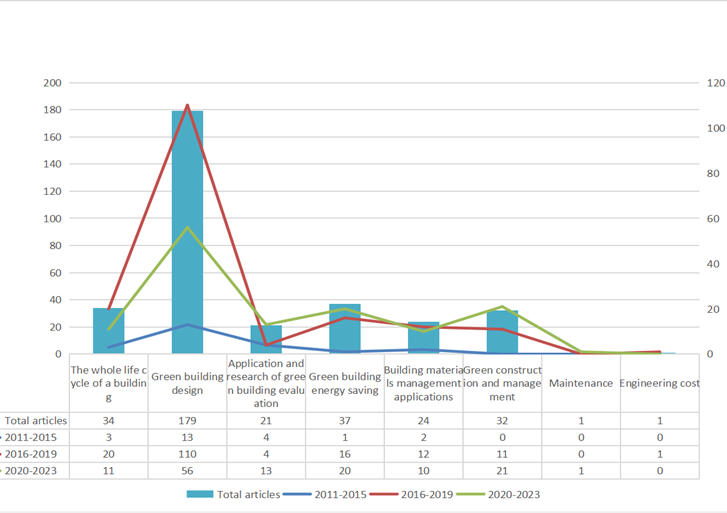
Taking the integration of modern information technology and green building as the research background, we study the current status of BIM technology and green building development and application in the existing green building evaluation standard system, analyze the obstacles existing in the practical application of BIM technology in the whole life cycle of green building under the new global evaluation standard, and point out the direction of further research. The results of the study show that at this stage, BIM technology and green building-related regulations and systems are not yet sound, the evaluation standard system is not yet perfect, and there is a lack of organic synergy between each other,"Siloing" at certain points throughout the life cycle of a building. Green buildings are far away from the development and application of BIM technology and green buildings. The phenomenon of "isolated" in some stages of the whole life cycle of the building, some links appear as an "island" phenomenon, there is still a gap between green building and comprehensive coverage, and the widespread application of BIM technology needs to be promoted. In the future, the application research on sustainable development of green buildings based on BIM should be committed to further improve the relevant regulations, systems, and evaluation standards, create a core database of all relevant information in each stage of the whole life cycle of the building, realize the interactive sharing of information, implement the BIM integrated application mode, give full play to the advantages of the whole life cycle and integrated management of BIM, and integrate BIM technology with green building in a deeper way.

 View pdf
View pdf


Under the new situation, the development process of urbanization is accelerating, the construction industry is developing well, the number and scale of civil engineering projects are gradually expanding, and the construction technology, as the core of the project construction, has always been the focus of people's attention. Because the construction quality will directly affect the safety of personnel, it is necessary to clarify the characteristics of construction technology and improve the existing civil engineering construction technology. Realize the technical innovation of foundation pit construction, prestressed construction, reinforced concrete construction and other links, improve the technical content of engineering construction under the premise of ensuring the construction quality, and extend the service life of the building as far as possible.

 View pdf
View pdf


Three-dimensional integrated circuits have higher integration than two-dimensional integrated circuits, and can obtain higher performance and lower power consumption in a certain space. In order to fulfill higher efficiency, thermal management becomes particularly important in 3D integration technology. However, the traditional heat dissipation method cannot satisfy the heat dissipation needs of three-dimensional integrated circuits, which require better heat dissipation methods to be developed. This paper introduces the realization of three-dimensional integrated circuit using silicon via (TSV) technology, which allows the chip to be vertically stacked to transmit information. This paper summarizes the research methods and findings of three-dimensional integrated circuit heat dissipation in recent years, including thermal through silicon via (TTSV) and microchannel cooling. It also emphasizes the advantages and disadvantages of both mehods, and the challenges faced in current research via an overview. The future research trend for both heat dissipation methods mainly consists of combining special algorithms to achieve thermal-electrical codesign and thermal management of three-dimensional integrated circuits.

 View pdf
View pdf




